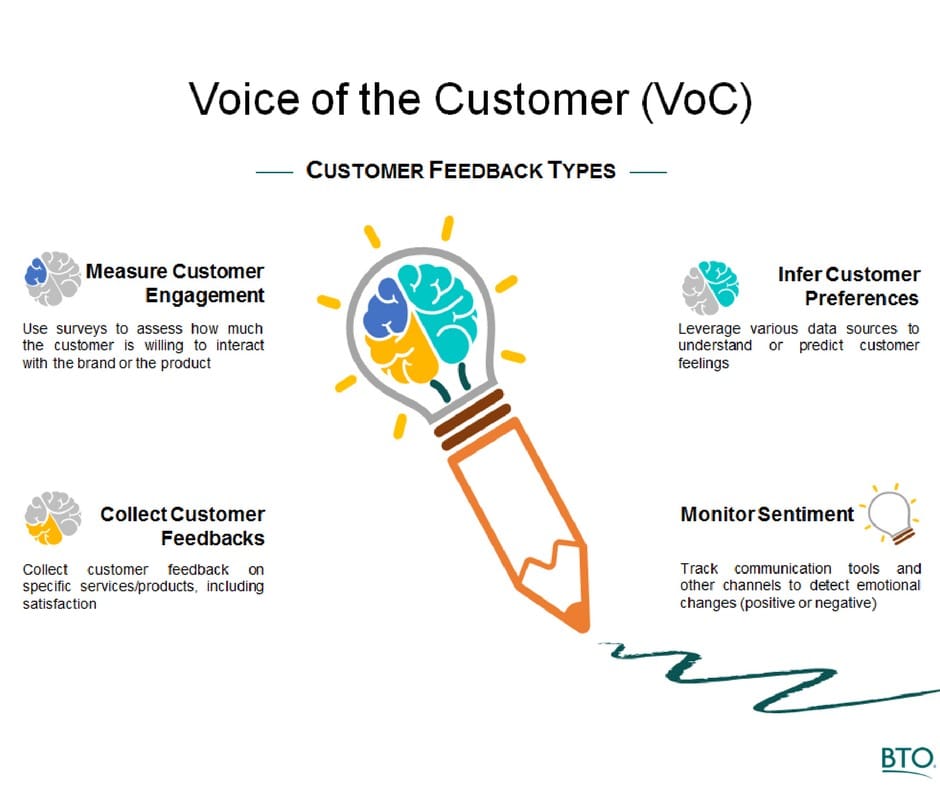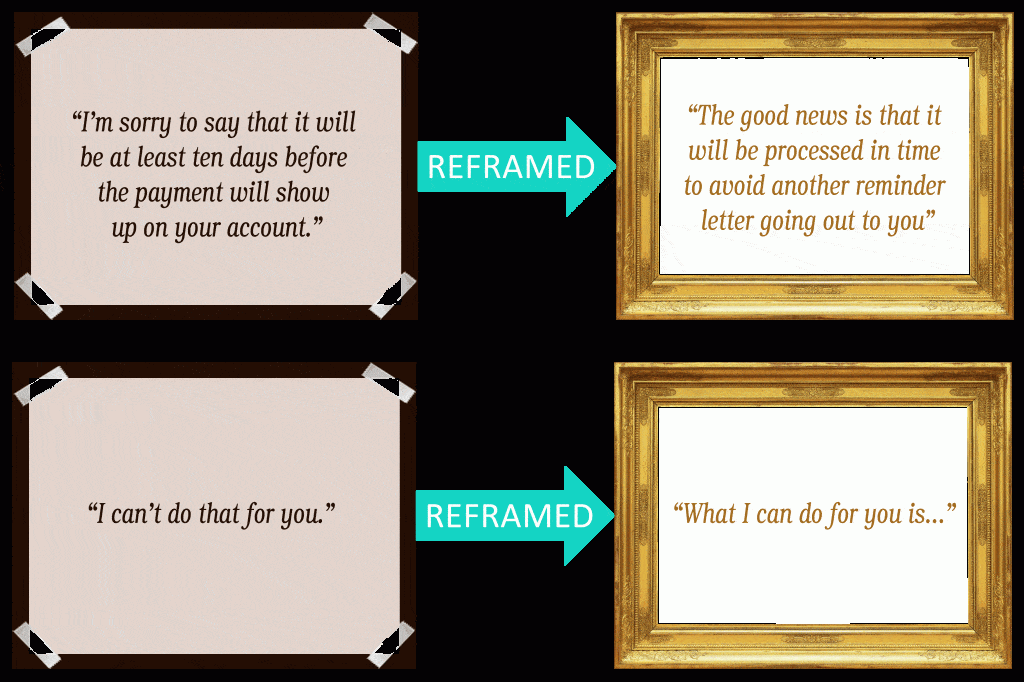Think of the last time you went to a new restaurant. What made you decide to do that? Was it an incentive to go or were you trying to break out of the norm and add some excitement to your regular routine? Or, maybe there was a new type of food you wanted to try so, you needed a new restaurant to go to.
No matter the reason, you most likely decided on that specific restaurant based on a referral. It could have come from a friend or co-worker. Or, maybe you read positive online customer reviews.
In any case, that recommendation probably came because their expectations were exceeded in some way, shape, or form. In this article, I offer three ways you can drive referrals through great customer service. (These customer service statistics prove how important your service is in driving referrals!)
Focus on the product
According to research, 72% of customers will share the story of a positive experience with an average of six people. Those are six more potential customers, but also six others you could wow and increase those word-of-mouth referrals. Remember, each new customer is a new opportunity to continue building on that positive reputation. And having that reputation will continue to pay dividends.
One way you can make sure a customer has a really great experience is to do everything in your power to make sure they don’t need to contact you in the first place. I know that sounds odd, but the best-case-scenario for a customer is when they don’t need to get in touch. The product works as intended and is user-friendly enough that they can figure it out on their own.
A part of customer service is the preventative measures you take to help things move smoothly from behind-the-scenes. A few ways you can do that is by presenting a VoC (voice of the customer) report to your product team to make sure customer concerns are heard. You can submit feature requests and also help iterate on design choices for a better UX.
It may not be the first thing you think about in support, but you’re able to have an impact outside of just direct interaction with customers. Don’t discount those opportunities and look for ways to solve problems before they even happen.
Don’t talk about it – be about it
Customer service is really the final frontier for differentiating yourself from the competition. You might be thinking that you need to offer free upgrades or something along those lines. However, those types of incentives only increase customer loyalty marginally, according to research done by the Harvard Business Review. In fact, one study found that by 2020 customer service will surpass price and product as the key brand differentiator.
If you start being known as a company that delivers great service consistently, people will seek you out. Though there are many best practices for agents, I have two ways you can get ahead of the curve to provide best-in-class service:
- Anticipate needs
- Address emotions
Anticipate needs
Did you know that 22% of repeat calls are due to a downstream issue coming from a previous inquiry? Even if you resolved the first issue, the customer had to come back to you again to be fully taken care of.
One way you can anticipate the next potential issue for your customer is to research and see if there are any issues that are correlated. Maybe there are certain integrations that customers commonly pair up or features that are used together.
Make a list of those instances and have them handy for your agents. If you can answer a question for a customer before they even think to ask it, that’s a pretty powerful impression.
Address emotions
Sometimes when a customer reaches out to support, they need to vent. One of the most important skills in handling difficult customer conversations is to know when to listen and when to respond.
According to the Harvard Business Review study mentioned earlier, 24% of repeat calls in their study came from an emotional disconnect between customers and agents. There isn’t anyone reason that causes the disconnect, but there are ways to combat it.
- Actively listen: It’s really easy to tell when someone isn’t fully paying attention. When your customer is calling in about an issue, especially one that has you flustered, it can feel bad if it seems the agent isn’t paying attention. If you’re on the phone, pay attention to their tone of voice. If you’re interacting in-person, look for cues in body language. Nobody is expecting you to be a mind-reader, but the more in-tune you can be with a customer, the better.
- Let them vent: As I said before, sometimes you’re mad and you just need to express that to someone. I’m not suggesting that you be a punching bag, but, as long as it’s within reason, let the customer express their frustration. Do your best to acknowledge and empathize, then move on to offering solutions.
- Reframe: It’s never fun to tell someone no, but part of being an agent means that you’ll have to disappoint customers from time-to-time. Though you may not be able to fix every problem, you do get to decide how to present the information, which can make all the difference. For example, let’s say a customer reaches out about a feature you don’t currently offer. You could respond by saying, “Sorry, it’s not possible,” or you could frame that differently by saying, “That’s a really great idea and I can see how useful it would be. I’m going to share it with our team to consider for the future.”
Stay out of your own way
How often do you check reviews before doing almost anything these days? According to research, 91% of people regularly, or occasionally, read online reviews. The same study showed 84% of people trust online reviews as much as a personal recommendation.
Online reviews are important and consumers are reading them. With that in mind, it’s very important that you’re delivering a consistently good customer experience so your online reviews reflect that when potential customers start researching. That said, your customer service is also a liability.
Though customers are likely to share a positive experience with six people, they’re likely to share a negative experience with nine to 15 people. So, not to sound cynical but: your most important job may be simply not to mess up.
One study found that 80% of consumers changed their minds about a purchase based on a negative review. To be sure you’re offering top-notch support, here are a few best practices to keep in mind:
- Offer self-service options: Customers are getting savvier each day, so it makes sense they want the option to solve issues themselves, when possible. A Nuance Enterprise survey found that 67% of respondents preferred self-service over speaking to a company representative.
- Make contacting you easy: Have you ever spent twice as long looking for contact information than it took to solve your issue? It’s frustrating and a bad customer experience. Do your best to make your contact details easily accessible. If it takes more than five minutes to find your contact details, you may want to make changes.
- Provide omnichannel support: Whether it’s Twitter, email, phone, or a carrier pigeon you need to provide support where your customers contact you. A Dimensional Research study found 28% of those surveyed said being able to contact a company on their preferred channel was part of a good customer experience.
Conclusion
Referrals are a strong tool to grow your business. One of the strongest ways to get those referrals is through awesome customer service. Start by doing your best to make sure the customer doesn’t have to contact you in the first place. Having a rock-solid product is a great way to offer a strong customer experience.
If you want customers to think of you as providing great service, then you have to actually provide great service. Do your best to anticipate the needs of customers. Also, be sure you’re addressing their emotional needs, as well. Sometimes customers need to vent, and that’s alright.
Lastly, do your best to not get in your own way. Make contacting you simple, meet customers where they are, and offer ways for them to solve issues themselves. Remember, all customers contribute to your success. If you take care of them, they’ll be sure to return the favor.






